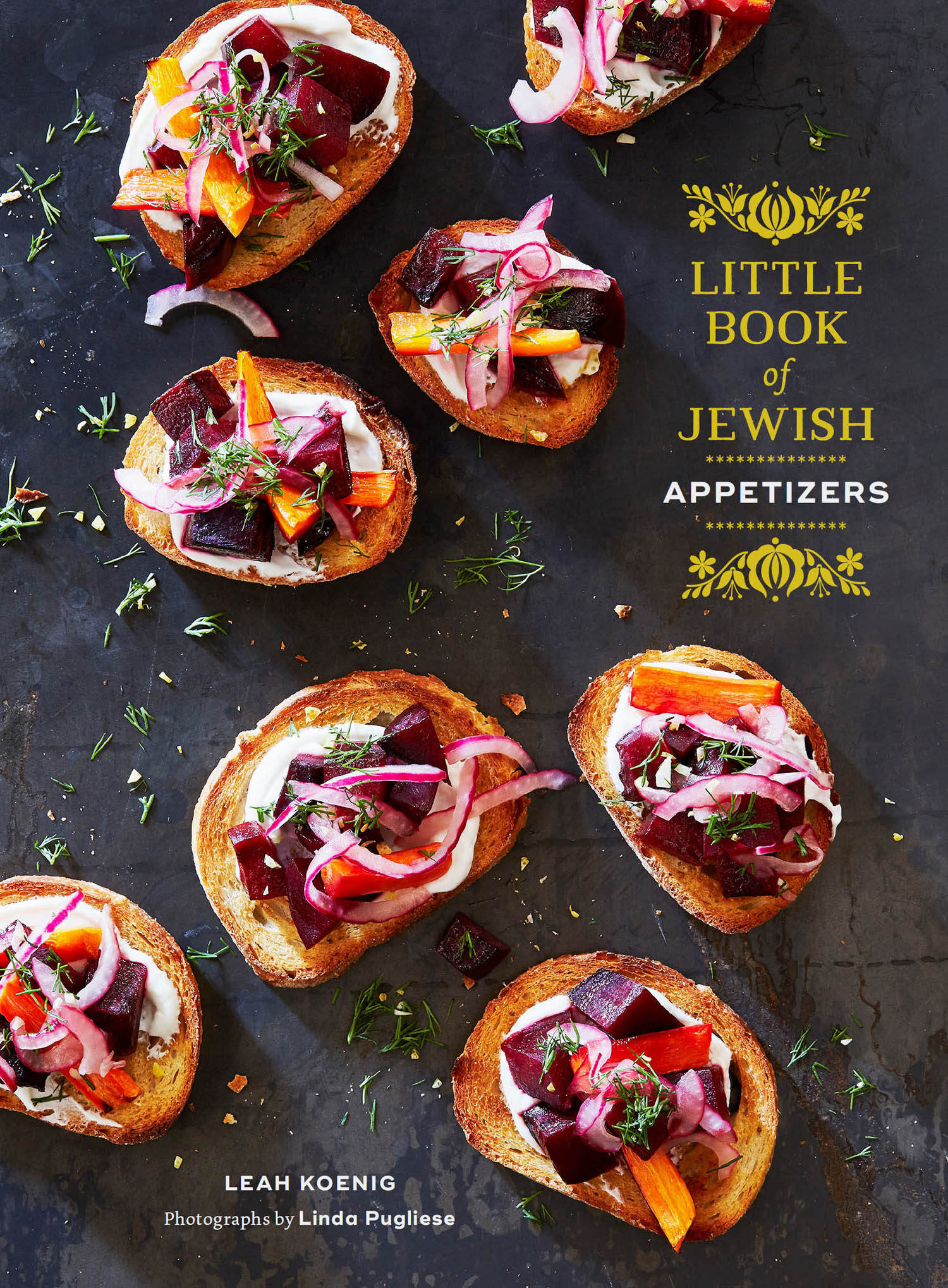


 To Max Elisha
To Max Elisha 

The Little Book series is a collection of thematic Jewish cookbooks that will be published serially. Each book will include a bite-size collection of meticulously curated and globally inspired Jewish recipes. Packaged in slim, gorgeously designed books, a single volumeor the whole serieswill fit perfectly on and enhance any cookbook shelf.

Text copyright 2017 by Leah Koenig.
Photographs copyright 2017 by Chronicle Books LLC.
All rights reserved. No part of this book may be reproduced in any form without written permission from the publisher.
ISBN 978-1-4521-6308-6 (epub, mobi)
Library of Congress Cataloging-in-Publication Data available.
ISBN 978-1-4521-5913-3 (hc)
Designed by Vanessa Dina
Photographs by Linda Pugliese
Prop styling by Paige Hicks
Food styling by Carrie Purcell
Typesetting by Frank Brayton
Chronicle books and gifts are available at special quantity discounts to corporations, professional associations, literacy programs, and other organizations. For details and discount information, please contact our premiums department at or at 1-800-759-0190.
Chronicle Books LLC
680 Second Street
San Francisco, California 94107
www.chroniclebooks.com
INTRODUCTION

Jewish cuisine is filled with showstopping dishes. Think of a bowl of golden, fat-glistening matzo ball soup, a towering pastrami sandwich streaked with mustard, or the grandeur of a platter of Persian rice, with its gloriously crisp and bronzed cap. These foods are celebrations. They are events. They are meals unto themselves. But behind every great dinneror more precisely, before ittheres a great appetizer.
In Yiddish, the word for appetizer is forspeis (pronounced FOR-shpice). Rooted in the German phrase for before food, forspeisn are small offeringsa slice of gefilte fish, say, or a bit of chopped liverserved before the main course to quiet the bellys rumblings and set the stage for the meal.
Middle Eastern and Mediterranean cuisines share a related, though usually more flamboyantly executed, concept called mezze. A typical Sephardi Shabbat dinner is precluded by an overwhelming parade of spreads, vegetables, and small plates. From the tangy red pepper, pomegranate, and walnut dip called muhammara to pickled turnips and smoky charred eggplant drizzled with tahini, the selection can swell to more than a dozen distinct offerings on a single table.
Despite my attempts to exercise a little restraint, I find it almost impossible not to fill up on the appetizer course. But Im okay with that. Regardless of what masterpieces the cook has up his or her sleeve, these first dishes are the inevitable highlight of the meal. They are like the comedian who warms up the crowd before the featured act and ends up stealing the show.
Beyond the dinner table, Jewish cuisine is filled with countless other little nibbles, snacks, party fare, and between-meal foods. These dishesa still-warm knish or piece of strudel tucked into a childs hand on the way out the door, a plate of buttercream-rich hummus split with a friend for an afternoon nosh, or a perfect bite of spicy, Sephardi-style meatball plucked from a platter at a cocktail party are a compelling reminder that food doesnt need to be big and bold to be magnificent.
The Little Book of Jewish Appetizers, the first of Chronicle Books Little Book cookbook series, is my ode to Jewish cuisines smallest delights. The recipes span the globe from Morocco (Moroccan Orange and Black Olive Salad, ). As a collection, I hope they delight, surprise, and like any good starter should, whet the appetite for more.

A Note About Serving Sizes
Several of the dishes in Little Book of Jewish Appetizers could technically be enjoyed as the main course. Please keep in mind that all of the serving sizes included with the recipes assume they are being eaten as a starter or snack and that additional courses will follow.




Chapter 1

FRESH, TOASTED, PICKLED

This chapter is filled with silky spreads, fresh vegetable dishes, briny pickles, and full-flavored crostini that will start dinner or a party off on the right foot. Scoop everything up with one of the suggestions for Next-Level Dippers on .
Chopped Egg and Caramelized Onion Spread
Theres egg salad, and then theres chopped egg and onions. The former is wonderfula creamy delicatessen favorite. But the latter, while lesser known, is an undercover, Ashkenazi superstar. The secret lies with the onions, which are caramelized before being folded into the coarsely chopped eggs, adding incomparable depth and sweetness.
On a trip to Budapest a few years back, I was delighted to find chopped egg and onion on the menu at the modern Jewish-Hungarian restaurant, Macesz Bistro. They called the dish Jewish-style eggs and softened their onions in savory duck schmaltz (rendered poultry fat). In my take, I add a shallot to the mix for a bit of nuance and keep the mayonnaise to a bare minimumenough to bind everything together, while still allowing the incredible flavors to shine through. Serve on toasted rye, hearty brown bread, a slab of challah, or with crackers. It also makes a delicious dip for crudits.

SERVES 6 TO 8
8 EGGS
3 TBSP VEGETABLE OIL OR SCHMALTZ
2 MEDIUM ONIONS, FINELY CHOPPED
1 MEDIUM SHALLOT, FINELY CHOPPED
KOSHER SALT AND FRESHLY GROUND BLACK PEPPER
3 TBSP MAYONNAISE
1 TSP SWEET PAPRIKA
1. Place the eggs in a medium saucepan. Cover with water by 2 in [5 cm] and set the pan, uncovered, over high heat. When the water boils, turn off the heat, cover the pan, and let sit for 18 minutes. Drain the eggs and rinse well under cold water to stop the cooking process. Peel the eggs, cut them in half, and set aside.




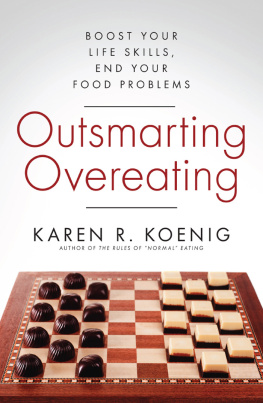
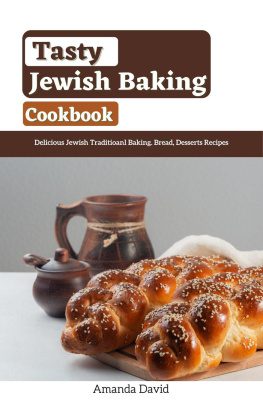



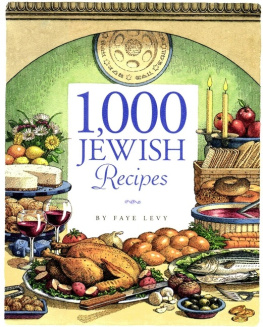
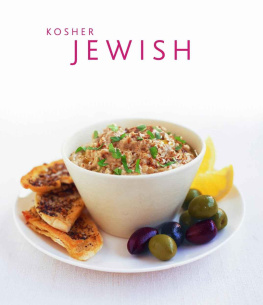





 To Max Elisha
To Max Elisha 







